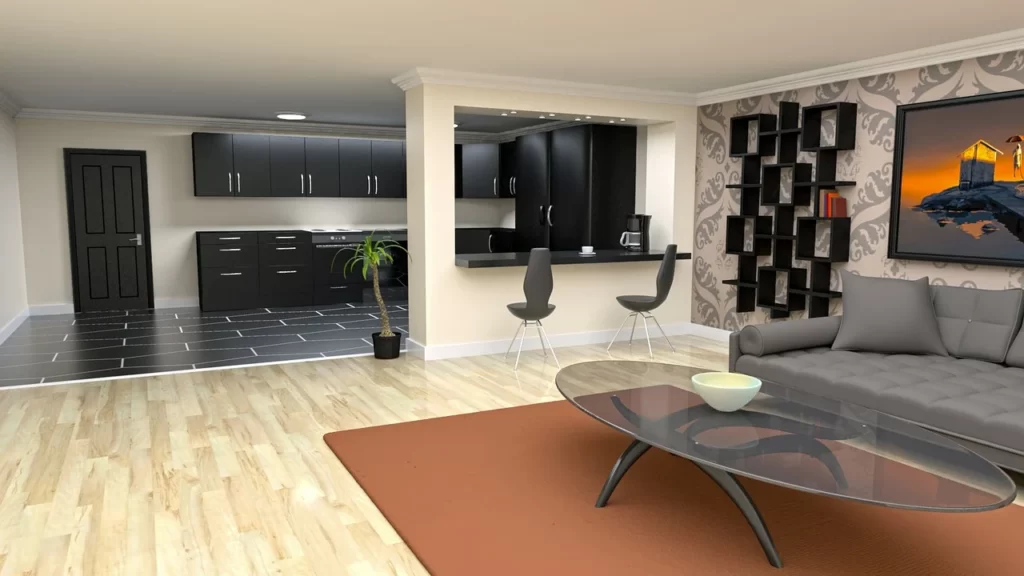When it comes to interior design, we often focus on choosing the right paint colors, furniture, and decor to create a cohesive and visually pleasing space. However, one element that is often overlooked but plays a crucial role in the overall aesthetics and functionality of a room is the threshold between different types of flooring.
Thresholds are more than just transition pieces; they are the unsung heroes of interior design. These often subtle strips of material, be it wood, metal, or even tile, serve as the boundaries between different flooring materials in a home. Let’s delve into why these humble pieces are so important and how they can make a significant impact on your living space.
- Aesthetic Harmony:
Imagine walking from a hardwood-floored living room into a tiled kitchen. Without a well-thought-out threshold, this transition can feel abrupt and disjointed. A carefully chosen threshold can create a seamless flow between rooms, making the entire space feel harmonious and connected. By selecting a threshold that complements the color and texture of both flooring types, you can achieve a visually pleasing and balanced transition. - Safety and Functionality:
Thresholds serve a practical purpose beyond aesthetics. They help prevent trips and falls by ensuring that there are no abrupt level changes between different flooring surfaces. This is particularly important in areas where moisture might be present, such as bathroom and kitchen thresholds. A properly installed threshold helps channel water away from one area to another, reducing the risk of accidents and water damage. - Durability and Protection:
Flooring materials can vary in terms of durability and resilience. A threshold can act as a protective barrier between different types of flooring, helping to prevent wear and tear at the edges. For instance, the edge of a carpet can fray or a hardwood floor can chip or splinter without a proper threshold. By choosing thresholds made of durable materials, you can prolong the life of your flooring. - Customization and Personalization:
Thresholds are not one-size-fits-all solutions. They come in various materials, shapes, and sizes, allowing you to customize them to your liking. You can choose from wood, metal, stone, or tile thresholds to match your interior design style. By selecting a unique threshold, you can add a personal touch to your space, turning a functional necessity into a design statement. - Noise Reduction:
In homes with multiple types of flooring, such as hardwood and tile, footsteps can create a cacophony of noise that reverberates throughout the space. A well-chosen threshold can act as a buffer, dampening the sound and providing a quieter environment. This is especially important in open-concept homes where different flooring materials coexist. - Temperature Control:
Some flooring materials, like tile or concrete, tend to be colder than others, such as hardwood or carpet. A threshold can help prevent heat loss and keep different rooms at a more consistent temperature. This is not only comfortable but can also save on energy costs in the long run.
In conclusion, thresholds between flooring in rooms are not mere afterthoughts; they are essential components of your home’s design and functionality. They offer a seamless transition between different rooms, enhance safety, protect your floors, and provide an opportunity for personalization. So, the next time you embark on a home improvement project, remember to pay attention to these often-underappreciated design elements, and watch as they elevate the overall look and feel of your living space.

